Exploring the Mysteries of White Holes in the Cosmos
Written on
Chapter 1: Understanding White Holes
While many people have a basic understanding of black holes, thanks in part to popular media like the film Interstellar, the concept of white holes remains largely obscure, known primarily to specialists. This article aims to shed light on what white holes are and their significance in the realm of astrophysics.
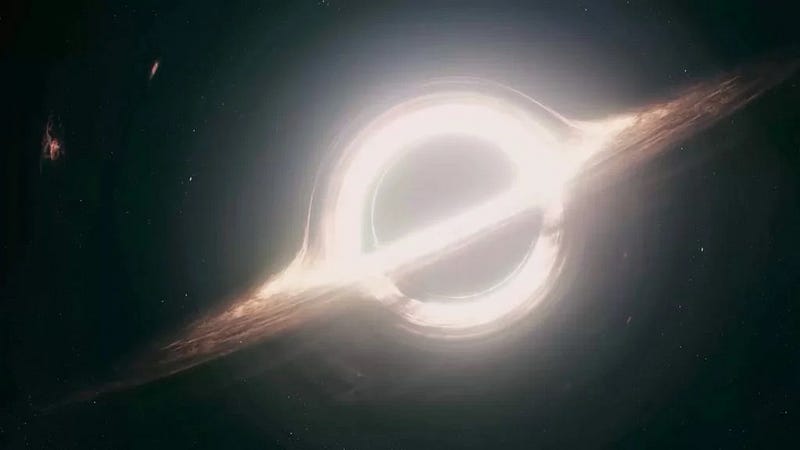
A black hole can be described simply as an entity from which nothing can escape due to its event horizon. Conversely, a white hole is theorized to be an entity that nothing can enter. In essence, while black holes trap everything within them, white holes repel anything from entering.
Section 1.1: The Debate Over Existence
Currently, the existence of white holes as tangible entities remains a topic of debate. To date, no confirmed white holes have been identified in the universe, though there are intriguing candidates, such as the so-called Great Repulsor and the gamma-ray burst known as GRB 060614. The question of whether these phenomena are indeed white holes is still unresolved.
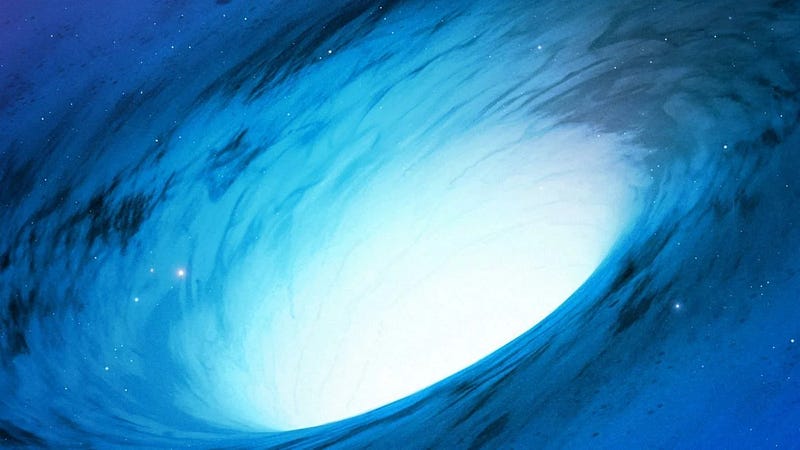
Theoretical physics posits that for every black hole, there should exist a corresponding white hole, suggesting that a black hole in our universe could have an equivalent white hole in a parallel universe, and vice versa.
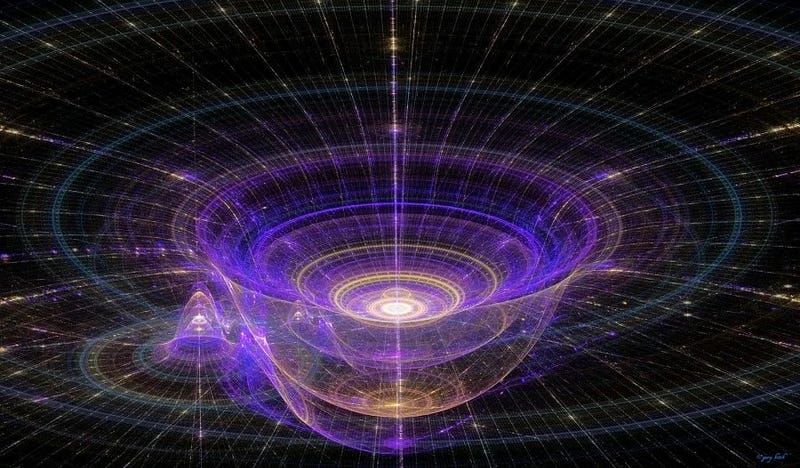
Interestingly, while we observe numerous black holes in our universe, the same cannot be said for white holes. This absence may imply that certain undiscovered physical laws allow only black holes to form in our universe, while white holes may exist solely in other parallel universes.
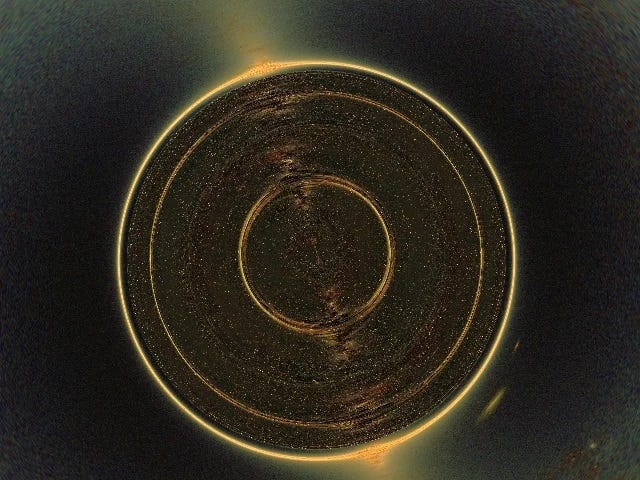
Some scientists hypothesize that the Big Bang itself was a white hole, from which all matter that had been absorbed by a colossal black hole in another universe was expelled. This theory suggests that our black holes could trigger miniature Big Bangs in alternate universes.
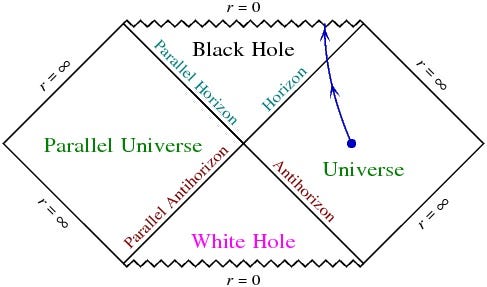
In certain interpretations of relativity, matter within a black hole can reach an immense, yet finite density, potentially avoiding the formation of a gravitational singularity. Instead, it might create an Einstein-Rosen bridge, or wormhole, which could serve as a portal to another universe. For that new universe, the exit from the wormhole would resemble a white hole.
However, this elegant hypothesis remains untestable with our current scientific methods.
To delve deeper into the concept of white holes, check out this video titled What Are White Holes? When Interesting Math Gets a Cool Name for an engaging overview of the topic.
Additionally, explore the What Are White Holes? | General Relativity | The Dr Binocs Show | Peekaboo Kidz for a more educational perspective on the subject.
If you're intrigued by the wonders of space, don't forget to subscribe to our channel for more fascinating articles. Feel free to leave your questions, and I’ll address them in future content!